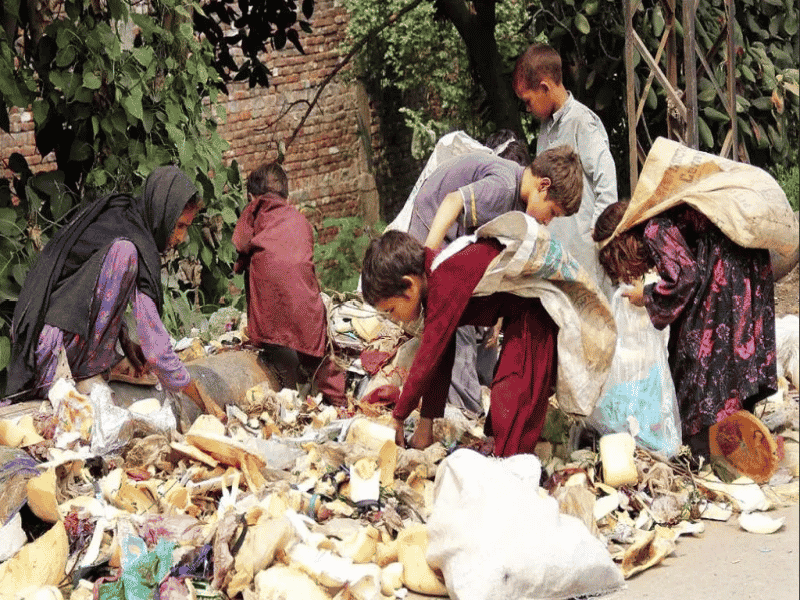
Pakistan Institute of Development Economics
- Home
Our Portals
MenuMenuMenuMenuMenuMenuMenu - ResearchMenuMenuMenuMenuMenuMenuMenu
- Discourse
- The PDR
- Our Researchers
- Academics
- Degree Verification
- Thesis Portal
- Our Portals
Structural Adjustment And Poverty In Pakistan
Until Recently, The Bretton Wood Institutions As Well As A Number Of Economists Had Assumed That Growth Trickles Down To The Poor, And Exclusive Reliance On Growth Was Sufficient For A Reduction In Poverty. Therefore, Structural Adjustment And Stabilisation Programmes (Sap) That Aimed At Improving The Efficiency Levels And Higher Growth Rates Were Pursued Without Worrying About The Poverty. The Conclusion That Growth Was Sufficient For A Reduction In Poverty Was Supported By Dollar And Kraay (2000), Who Found Unitary Elasticity Of Poverty With Respect To Growth. However, This Has Been Contested And Foster, Et Al. (2001) Shows Much Lower Elasticity Of Poverty Reduction To Growth; Under Certain Assumptions, The Impact Of Growth On Poverty Turns Out To Be Negligible. Similarly, Ghura, Leite, And Tsangarides (2002) Point Out That While Growth Raises The Incomes Of The Poor, The Relationship Is Less Than One-To-One. Kakwani (2001) Points Out The Trade-Off Between Growth And Income Distribution—Growth Would Help In Poverty Reduction Only If Growth Over-Compensates The Effect Of Rising Income Inequalities. Pakistan’S Experience Of The 1960s And The 1970s Does Not Support The Trickle-Down Theory. Despite High Growth In The 1960s, Poverty Increased, And The Slowing Down Of Growth In The 1970s Was Accompanied By A Sharp Reduction In Poverty [Amjad And Kemal (1997)].



